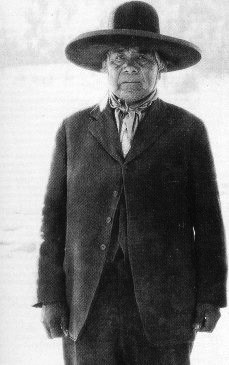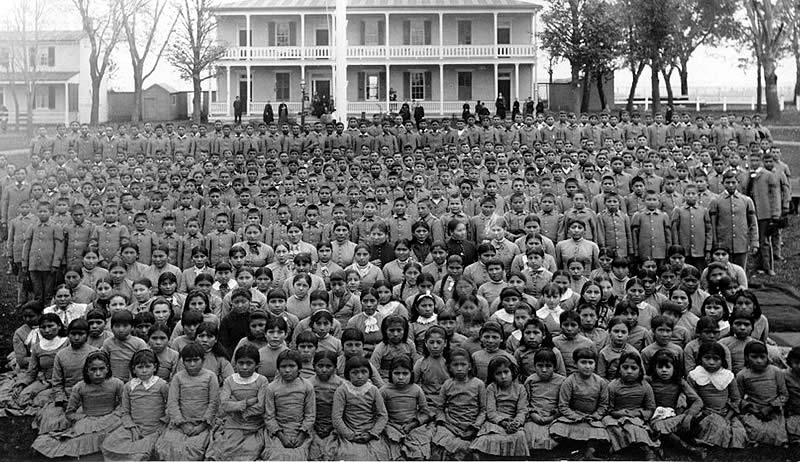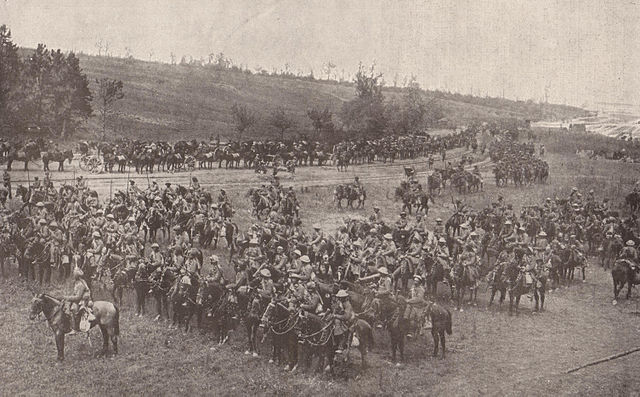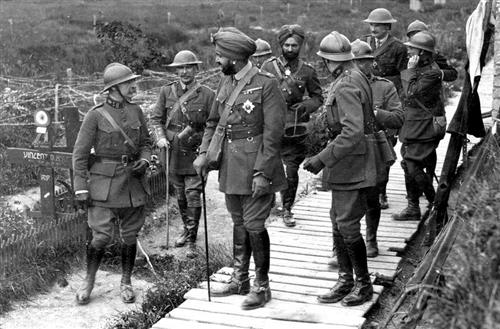Those look great, Zoid! I love how you used "Abraham Johnson" like in my Flickr pictures.  Excellent attention to detail.
Excellent attention to detail.
This is more of a set-up chapter, just getting the necessary details down, so it's not extreme excitement like most of the other chapters, but it's still pretty freaking creepy. 
Next chapter is back to the normal style and will cover the Reservation Rebellions of the 1930s, and we'll get info on the increasingly independent-minded California.

THE EARLY YEARS OF
THE OSWALD BROTHERS
1917 - 1941
Ex-mobsters Charles and Robert Oswald in Aeroforce uniforms circa 1945
On May 29th, 1917, in an Inferior ghetto in Shicagwa, John Fitzgerald Kennedy was born. His father, Joseph Kennedy, and his mother, Rose, were Irish and devout Catholics employed by Colonel Goodyear Enterprises as factory workers. As a young boy, "Johnnie Boy" and his older brother Joe ("Junior"), roamed the streets as petty thieves. The other children (Rose, Kathleen, Eunice, Patricia, Robert, Jean, and Teddy) disliked the two boys and refused to do anything with them.
It was on a quiet day in the ghetto, on April 4th, 1924, that seven year-old Johnnie was out for a walk. Unwittingly, he stumbled into a "middle class" neighborhood of Shicagwa. He saw, through a hole in a fence, a young boy playing teeball in a backyard. Johnnie was a baseball fanatic, and it was his favorite thing in the whole world. He called over to the other boy and the other boy let him through the gate. After all, he had no idea Johnnie was an "Inferior" who it was illegal to hang around. The boy introduced himself as Leslie King, Jr., age 11. The two played ball for an hour without any problems... until a brown-colored staff car pulled up out front of the King house. Jackboots clicked on the driveway as men dressed in ORRA and Custer Youth Brigade uniforms got out and started walking toward the children.
The youngest of the officers, a CYB corporal named Lyndon Johnson, came up and without a word picked up and threw Kennedy to the ground. "That's what you get for not playing with your own kind, Inferior!"
As it turned out, a neighbor across the street had recognized Kennedy as an Inferior and called up his local ORRA office to let them know. Another officer, Jack Williams, told King to go back inside his house. Williams then picked up Kennedy from off the ground and then screamed at him for about eight minutes, warning him to never, ever, ever play with his "Betters of Society" again. As Kennedy looked on in shock, Johnson joined in, telling him, "You filthy Irish aren't going to spread your disease among our future CYB members! Stay in the ghetto where you belong, or you and your whole family will be shipped out to Ohio Country and you'll never be heard from again!"
That day traumatized John F. Kennedy, who had had no real understanding of the segregation in the Union before then, and it remained glued in his memory forever. But it wasn't the abuse that upset him; starting when he was around ten, Johnnie began to see his life as unfair because his family was Inferior. He wanted to be a Better. By the time he was 13, he thoroughly planning out ideas for escaping the ghetto by any means necessary. As an older teen, in the early 1930s, Johnnie began doing work for the local mobs, and even met infamous crime lord Jay Edgar Hoover on one occasion. It was only natural that when Kennedy and his brother became adults that they started running absinthe for Hoover's syndicate. For years, Kennedy managed to earn quite the arrest record but the police and ORRA were never able to implicate him in anything major, so he usually walked after a few days in prison. He ran into CYB (and later ORRA) officer Johnson once more in 1935, when it was Johnson who arrested and turned him into authorities for absinthe possession.
In 1939, when he was 22, a large accidental furnace fire burned down the Shicagwa Police Department and the neighboring ORRA office, obliterating his and Junior's criminal records and all mugshots and information on them. After plotting over it with Junior, they agreed that this was the perfect moment to escape the slum life...
***
The two crafty brothers took up a job for the local mob to dispose of the bodies of two murdered Irish gangsters. They put them in the Kennedy family home under the cover of night and then silently strangled their family in their sleep. Then, they poured absinthe and gasoline all over the ratty house and lit it on fire. With that, the Kennedy family was legally dead. The two dead gangsters would stand in for Johnnie and Junior once authorities investigated the fire. All that was left of the clan was Johnnie and Junior, and they were legally dead.
Now, the brothers needed new identities. They stopped at the home of a forger and ordered two completely fake identities. John F. Kennedy took the names of his two favorite baseball players, Philadelphia Yankees pitcher Charles "Lefty" Lewis and Iowai Injuns catcher Mike Oswald, and combined them into the Scottish name "Charles Oswald," with "Custer" thrown in as a middle name. Junior became "Robert William Oswald." Then, they murdered the forger and burned down his lab. With that done, the Oswald brothers were now former members of their local Custer Youth Brigade and currently upstanding members of the Betters of Society. In 1941, both brothers joined the Union Aeroforce. Neither of them could have imagined what fate had in store for them...







